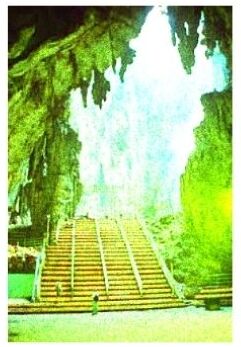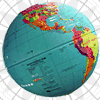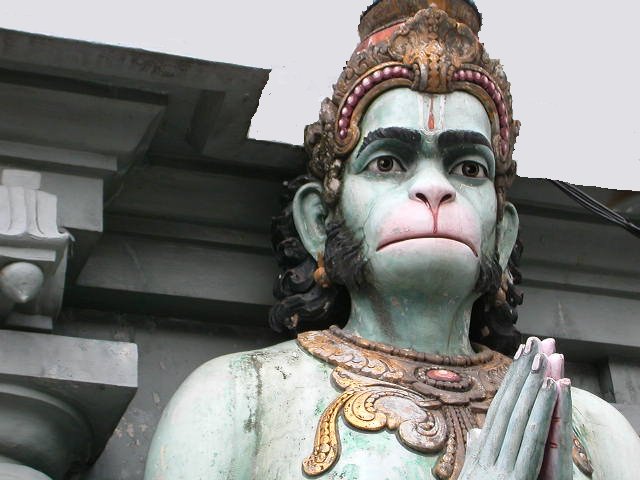Basic Bahasa | Dating & Mating | Islamic Banking | Forum | Kuala Lumpur Sights | Jobs | Manhood Massage | Medicine | Mobile Phones | Palmistry | Restaurants & Bars | Study in Malaysia | Watch TV
|
++KL SIGHTS++ |
||||||||||||||||||||||||||||||||||||||||||||||||||||||||||||||||||||||||
| » Selamat Datang ke Kuala Lumpur » Things to See in Kuala Lumpur (A-Z): Aquaria KLCC » Batu Caves » Chinatown » Kuala Lumpur Bird Park » Pudu Prison » Twin Towers » Things to Eat in Kuala Lumpur: Fish Head Curry And More » Twin Towers » Things to Eat in Kuala Lumpur: Fish Head Curry And More » Places to Shop in Kuala Lumpur: Suria KLCC » Places to Stay in Kuala Lumpur: Malaya Hotel » Getting There: Kuala Lumpur Airport » Further Afield: Singapore » Social Issue: Are Jews Welcome in Malaysia? » Learning Basic Travel Bahasa Malaysia 
Kuala Lumpur Malaysia Photo Galleries Maps Interactive photographic map of the entire world! Recommended Websites & Weblogs |
Yes siree, "Selamat Datang" is the way they welcome folk in Malaysia and other related nations, such as Indonesia. In Iceland they will probably say something like "Velkomin i Island", but that's their business. In Malaysia it's "Selamat Datang", and you are bound to feel welcome there (provided you are not an Israeli citizen) -- travelling in Malaysia is easy and care-free. I have been to Malaysia now three times, but the first two visits were truly fleeting affairs -- both times I was on a Thailand to Singapore bus, and my only experience of Malaysia was looking at the beautiful passing rainforests and lush hills from the bus window, and eating lukewarm chicken feet at a truckstop diner. The chicken feet didn't agree with me and gave me diarrhea. The rainforests and lush hills did look cool though, and I wished I had more time to stick around and explore.
 Kuala Lumpur, the Futuristic Capital of Malaysia
k u a l a + l u m p u r + @ + a + g l a n c e ++++ Kuala Lumpur, which means "Muddy Confluence" in Malay, is affectionately called "KL" for short. ++++ In 130 years, Kuala Lumpur has grown from nothing to a modern, bustling city of well over a million people. Superficially, KL (as it's almost universally known) may appear to be just another modern Asian city of gleaming skyscrapers, but it retains much of the character and local colour that has been so effectively wiped out in other Asian-boom cities such as Singapore. It has plenty of colonial buildings in its centre, a vibrant Chinatown with street vendors and night markets, and a bustling Little India. ++++ Merdeka Square encapuslates the core of KL's history. Buildings like the Sultan Abdul Samad Building, the Royal Selangor Club, and the Kuala Lumpur Railway Station are gorgeous examples of British Imperial architecture peppered with a Moorish twist. South of this area is KL's Chinatown. Along Jalan Petaling and surrounding areas are markets, shops, shophouses, food stalls, and the bustling life of the Chinese community. There's also a Little India in KL, around the area occupied by Masjid Jame, where you'll find flower stalls, Indian Muslim and Malay costumes, and traditional items. Across the river you'll find Lake Gardens, a large sanctuary that houses Kuala Lumpur's bird park, butterfly park, and other attractions and gardens. Modern Kuala Lumpur is rooted in the city's "Golden Triangle," bounded by Jalan Ampang, Jalan Tun Razak, and Jalan Imbi. This section is home to most of KL's hotels, office complexes, shopping malls, and sights like the KL Tower and the Petronas Twin Towers, the tallest buildings in the world. ++++ There is a casino in Malaysia! And a Legoland with Asian looking rollercoasters, and a Hello Kitty World! ++++ The unit of currency is the Malaysian ringgit (RM), which is divided into 100 sen. It comes in RM1, 5, 10, 20, 50 and 100 notes. There are no RM500 or RM1000 notes, both of which were withdrawn in 1998 and ceased to be legal tender in July 1999. ++++ Walking is hot work, so drink lots of water! The Star and Putra light rail systems are up and running and provide an excellent form of transport around the city. ++++ It's hot and humid throughout Malaysia all year round, with overnight lows rarely sinking below 20°C (70°F) and maximums rising above 30°C (86°F) on most days, so whenever you go, take it easy. Rainfall is variable and falls all year round. It is rare for rain to fall all day: it usually confines itself to short-lived torrential downpours in the afternoons. The driest months tend to be June and July.
|
| ||||||||||||||||||||||||||||||||||||||||||||||||||||||||||||||||||||||


